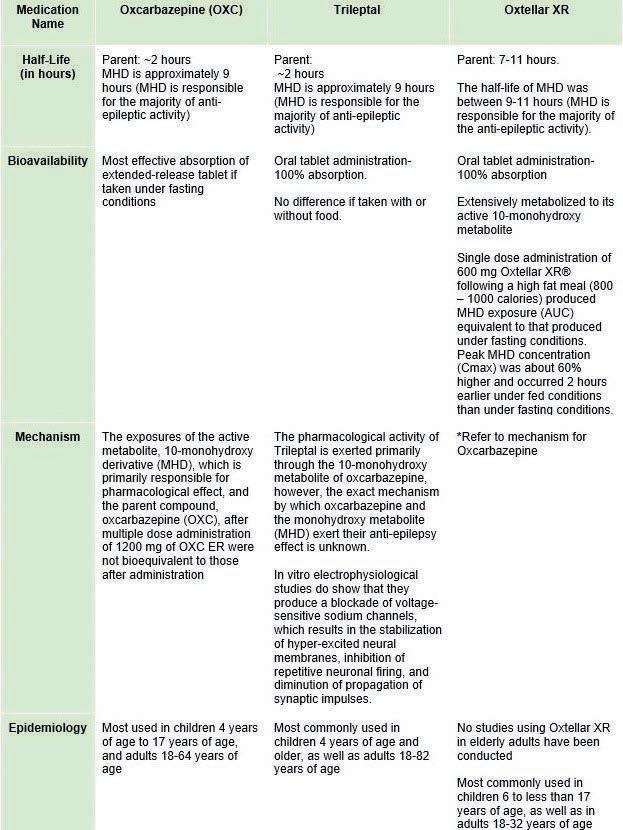Scholarly Research In Progress • Vol. 5, November 2021
Chronic Traumatic Encephalopathy: A Literature Review Yvette M. Johnson1*, Chloé E. Mballa1*, Taylor S. Mewhiney1*, Cathie-Allegra Z. Nkabyo1*, and Grace L. Tieko1* ¹Geisinger Commonwealth School of Medicine, Scranton, PA 18509 *Master of Biomedical Sciences Program Correspondence: tmewhiney@som.geisinger.edu
Abstract Chronic traumatic encephalopathy (CTE) is a neurodegenerative disease that exhibits abnormally high amounts of tau, a protein found in brain cells. The cause of CTE is still relatively unknown. One’s prolonged experience of head trauma leads the medical community to believe that CTE is the main culprit. The phenomenon, occurring primarily with American football players, was first referred to as “punch drunk syndrome” in 1928. Currently, CTE cannot be diagnosed premortem. Examining the brain tissue post-mortem is the only way to officially diagnose CTE. Unfortunately, there are no known cures. However, pharmacologic and nonpharmacologic interventions can be used to lessen the symptoms. The purpose of this study was to critically analyze current methods of diagnosing CTE and identify limitations within the diagnostic methods by reviewing peer reviewed articles from various credible databases (PubMed, JSTOR, ClinicalKey) and journals. As more studies are conducted and technology advances to allow brain tissue diagnosis premortem, a cure for chronic traumatic encephalopathy may arise.
Introduction Chronic traumatic encephalopathy (CTE) is a neurodegenerative disease that typically comes from head impact related injuries (1). It can cause memory loss, changes in behavior, and cognitive impairment (2). In those under 50 with continual head trauma, it has been seen that traumatic brain injuries can also cause severe disabilities such as seizures, psychiatric disorders, and personality changes (3). In general, CTE is affiliated with serious morbidity and mortality rates (4). It is often found in people who partake in contact sports (1). However, in some cases, CTE has been found in people with no known history of neurotrauma (5). Typically, brain injuries have two phases, the initial injury and then the cascade or progressive aftermath to follow, which is common in repetitive injuries like CTE which often progress after multiple blows to the head (6). Currently there are no diagnostic criteria, which makes it hard to differentiate CTE from other neurodegenerative diseases (7). The only identification marker for risk factor is repetitive head trauma (8). Along with this, the only time a diagnosis is possible is postmortem, which makes CTE hard to detect and find (9). During the last decade, there are a lot of unanswered questions about the disease, which are slowly being discovered. Until recently, CTE was not as widely researched, and much of the research performed had sans primary data collection, potentially leading to biases and inaccuracies (10). The progressing recognition recently has caused an increase in the awareness and there has been an uptick in conferences and activity centered around the gaps in CTE (11, 12). Recently, many different sports leagues have been looking into means of prevention and enforcing rules and regulations to avoid
66
head trauma that may lead to CTE (13). The first reported case of CTE in a football player was in 2005, which ushered in a newfound interest in the topic (8). For athletes, this can cause long-term effects that lead to mental health issues such as anger, depression, and suicidal ideation that may result in death by suicide (14). There have been numerous studies that look at the psychological consequences, and the correlation between those with a diagnosis of CTE (postmortem), and suicide (2, 15). In some cases, CTE and post-traumatic stress disorder have been shown to overlap (16). The correlation between CTE and Alzheimer’s is also a frequently researched topic (17). At this point in time, pathological findings have shown that the brain has an increase in a protein called tau in the superior colliculus (18, 19). There is an extreme need for a new diagnosis process, as the suspicion in many causes added distress and anxiety (17). In lieu of this, there has been an increased use of magnetic resonance imaging (MRI) and magnetic resonance spectroscopy (MRS) on live subjects to diagnose prior to death. This has the potential to pave the way to track patterns that can be diagnosed in vivo (20). While there is research in the literature on CTE pathology and diagnosis, disadvantages in the developments in the literature can still be found.
Methods A critical examination of CTE pathology and diagnosis was conducted and several credible databases and scholarly articles on CTE were utilized. We conducted this study by gathering peer-reviewed literature from our databases. References were obtained through ClinicalKey, JSTOR PubMed, Elsevier, Springer, and NCBI. The journals completed a peer-review process and were deemed reliable and acceptable. Keywords searched for included: chronic traumatic encephalopathy, neuropathology, brain trauma, neurodegenerative, traumatic brain injury, Alzheimer’s, and tau phosphorylation.
Discussion Clinical symptoms of CTE Repetitive brain trauma can eventually lead to the deterioration of the brain. It is often seen in individuals that partake in aggressive contact and collision sports such as football, boxing, soccer, ice hockey or even rugby (21). Boxers were the first to be officially diagnosed with CTE, and the first bull rider to be diagnosed with CTE was in 2018 (22, 23). Fourteen retired soccer players who were considered headers participated in a longitudinal study from 1980 to 2010 monitoring their cognitive diseases that developed around 60 years old (24). In addition to the development of concussion through these sports, CTE can also manifest through minor repeated blows to the head via physical abuse from another individual or self-harm (25). Through brain tissue analysis, the gross neuropathological findings included cerebral, thalamus, and hypothalamus atrophy












































